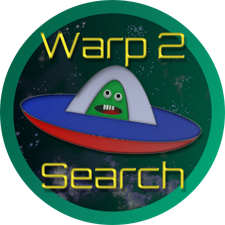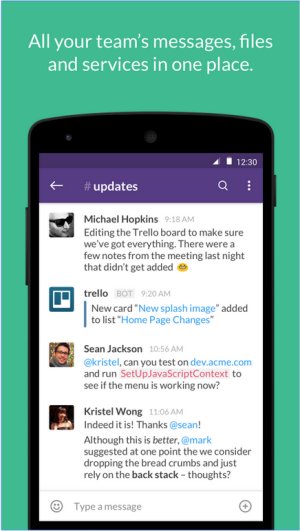Slack has released version 4.44.63, enhancing its capabilities as a powerful communication and collaboration tool that centralizes team interactions. Designed to replace traditional email reliance, Slack offers real-time messaging, file sharing, and both one-on-one and group conversations, making it an essential resource for businesses and remote teams aiming for efficient collaboration.
Slack’s standout feature is its organized Channels, which categorize conversations by project, department, or topic to maintain focus and accessibility. Direct messaging allows for quick exchanges, while the ability to share files and links directly in chats reduces the need for emails. The platform’s robust search function further simplifies retrieving past discussions and files.
One of Slack's key benefits is its extensive integration ecosystem. Users can connect with various productivity tools such as Google Drive, Trello, Zoom, and Asana, transforming Slack into a central hub for collaboration and project management. Its main features include organized Channels and Direct Messages, file sharing, searchable history, automation with Slackbot, and voice and video call capabilities.
Slack offers a free plan with basic functionalities such as 90 days of message history and limited integrations. For teams requiring more robust features, paid plans provide unlimited message history and advanced capabilities. While Slack excels in user-friendliness and adaptability compared to competitors like Microsoft Teams and Google Chat, its limitations in the free plan and potential costs for larger teams may pose challenges.
Pros and Cons:
- Pros: User-friendly interface, extensive third-party integrations, organized discussions via Channels, cross-device compatibility, searchable history (with paid plans).
- Cons: Free plan limitations on message history, potential for distractions from notifications, and escalating costs for larger teams.
Conclusion:
In conclusion, Slack is an outstanding choice for teams seeking to enhance communication and productivity. Its feature-rich platform and seamless user experience make it ideal for modern workplaces. However, teams should carefully consider their notification settings and budget when selecting a plan. As organizations continue to embrace remote and hybrid work environments, Slack remains a leading collaboration tool that integrates various work functionalities into one cohesive platform.
Future Considerations:
As Slack continues to evolve, potential future updates could include enhanced AI-driven features for smarter notifications, improved integration capabilities, and advanced analytics to help teams measure productivity and engagement. Additionally, exploring options for greater customization within the free plan could help attract more users while still providing viable solutions for larger organizations
Slack’s standout feature is its organized Channels, which categorize conversations by project, department, or topic to maintain focus and accessibility. Direct messaging allows for quick exchanges, while the ability to share files and links directly in chats reduces the need for emails. The platform’s robust search function further simplifies retrieving past discussions and files.
One of Slack's key benefits is its extensive integration ecosystem. Users can connect with various productivity tools such as Google Drive, Trello, Zoom, and Asana, transforming Slack into a central hub for collaboration and project management. Its main features include organized Channels and Direct Messages, file sharing, searchable history, automation with Slackbot, and voice and video call capabilities.
Slack offers a free plan with basic functionalities such as 90 days of message history and limited integrations. For teams requiring more robust features, paid plans provide unlimited message history and advanced capabilities. While Slack excels in user-friendliness and adaptability compared to competitors like Microsoft Teams and Google Chat, its limitations in the free plan and potential costs for larger teams may pose challenges.
Pros and Cons:
- Pros: User-friendly interface, extensive third-party integrations, organized discussions via Channels, cross-device compatibility, searchable history (with paid plans).
- Cons: Free plan limitations on message history, potential for distractions from notifications, and escalating costs for larger teams.
Conclusion:
In conclusion, Slack is an outstanding choice for teams seeking to enhance communication and productivity. Its feature-rich platform and seamless user experience make it ideal for modern workplaces. However, teams should carefully consider their notification settings and budget when selecting a plan. As organizations continue to embrace remote and hybrid work environments, Slack remains a leading collaboration tool that integrates various work functionalities into one cohesive platform.
Future Considerations:
As Slack continues to evolve, potential future updates could include enhanced AI-driven features for smarter notifications, improved integration capabilities, and advanced analytics to help teams measure productivity and engagement. Additionally, exploring options for greater customization within the free plan could help attract more users while still providing viable solutions for larger organizations
Slack 4.44.63 released
Slack puts all your team communications in one place wherever you go with real-time messaging, file sharing, and one-to-one and group conversations.


